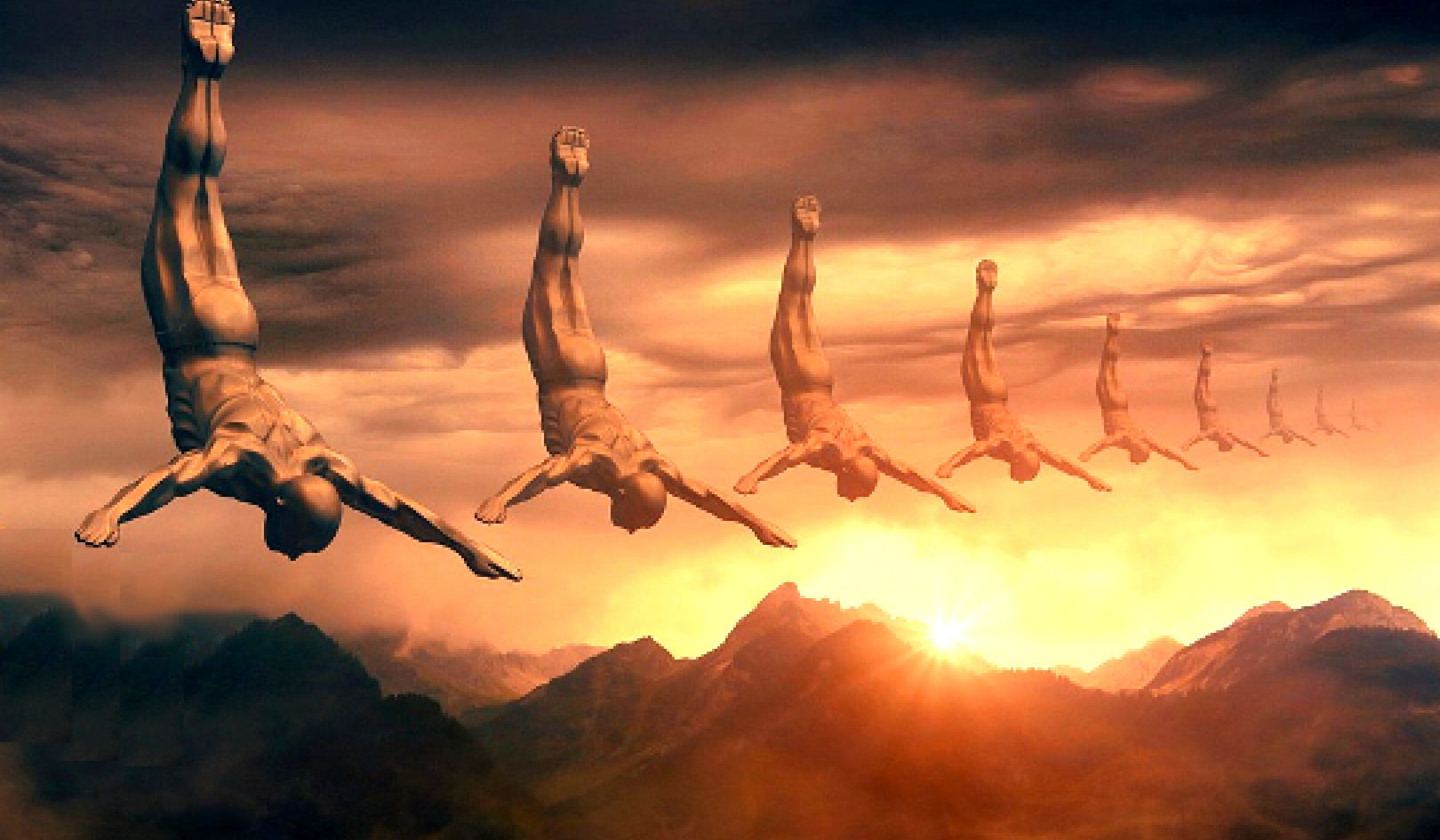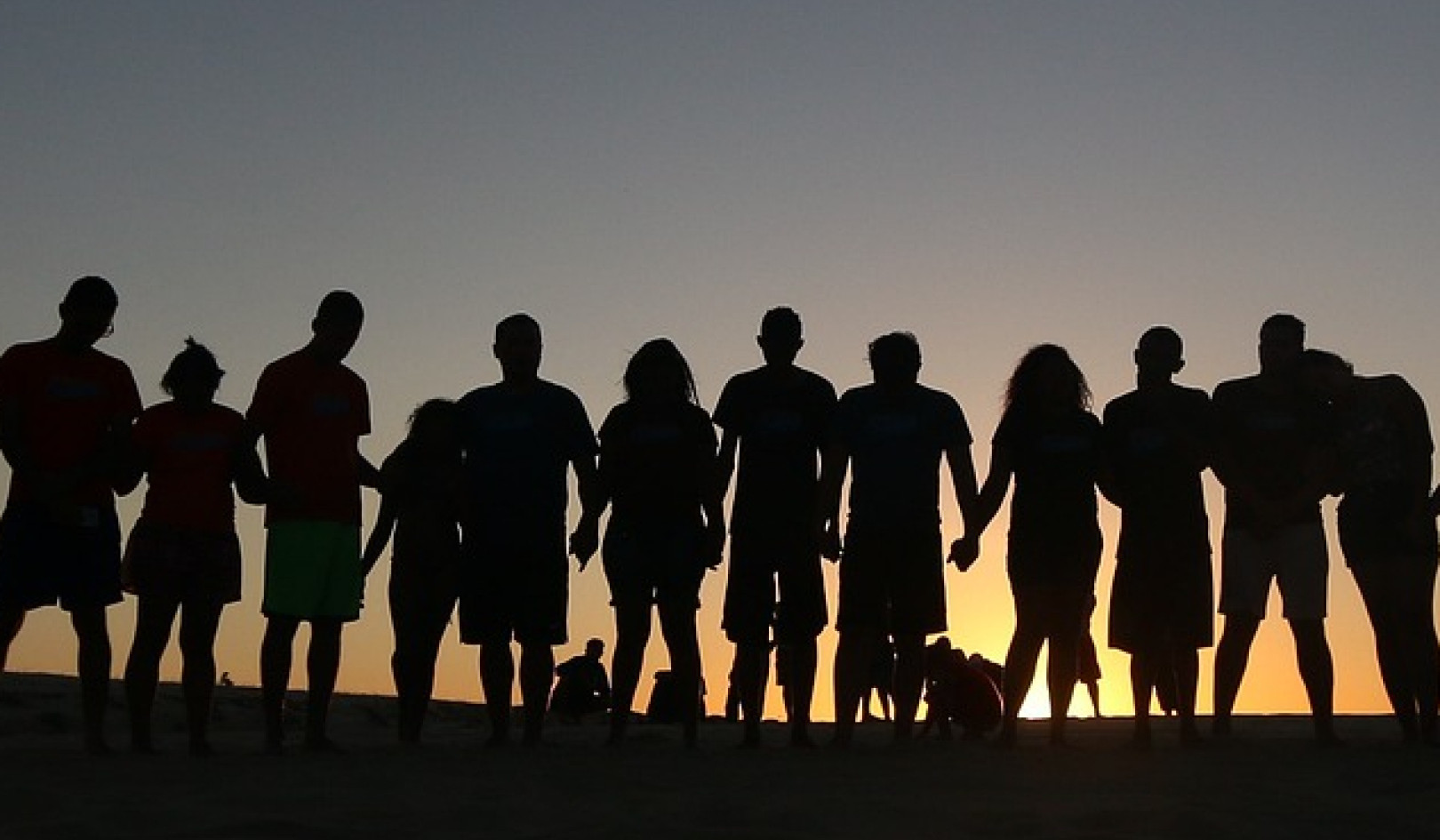 Jennifer Lopez performs during the halftime show at the NFL Super Bowl on Feb. 2, 2020, in Miami. (AP Photo/John Bazemore)
Jennifer Lopez performs during the halftime show at the NFL Super Bowl on Feb. 2, 2020, in Miami. (AP Photo/John Bazemore)
Now that the Super Bowl and its half-time show are behind us, let’s take a few minutes to reflect upon what the amazing performances by Jennifer Lopez and Shakira mean for women in mid-life.
Are J.Lo and Shakira, ages 50 and 43 respectively, an inspiration for women, or do they raise the bar so high that regular, middle-aged women feel like they should just throw in the towel and give up?
While the world focused on their looks and on whether their performances objectified women and were “too sexy” for prime time, I think the more interesting and inspirational issues lie elsewhere.
I mean, yes, both women looked beautiful but they’re also professional performers with a whole team devoted to costume, hair and makeup, and even with that team, it took them 10 hours to get ready.
And their looks are part of why they’re so successful in the first place. It shouldn’t be a surprise that both women looked phenomenal.
 Shakira and J.Lo perform during halftime of the NFL Super Bowl in Miami. (AP Photo/Patrick Semansky)
Shakira and J.Lo perform during halftime of the NFL Super Bowl in Miami. (AP Photo/Patrick Semansky)
On the objectification front, the women authored their own show, including choosing the costumes. And it’s not like the cheerleaders were wearing bathrobes. Is it possible there’s just a touch of racism in these criticisms?
What 50 looks like?
The New York Times had this to say about J.Lo’s physical condition: “Well, on Sunday Ms. Lopez showed the world what 50 looks like — at least her version of it.”
But it’s not just about looks. I think we can all distinguish between people who earn their living looking like J.Lo and Shakira and those of us with other careers that don’t involve performing in front of millions of people.
Instead, as a longtime scholar on feminism, I think what’s truly interesting is that J.Lo and Shakira are part of a trend of super-fit women maintaining and continuing their physical fitness regimens into mid-life and beyond.
 Today, June Cleaver might have swapped the pearls for running tights to participate in triathlons. Flickr
Today, June Cleaver might have swapped the pearls for running tights to participate in triathlons. Flickr
The possibilities for what we can do in our 40s, 50s and 60s have changed. That’s inspirational and sends a positive message to women that is not about looks at all, but strength and resilience.
There was a time when it was assumed that after 40, it was physically all downhill for women — after all, the childbearing years are largely a thing of the past. But that’s just not true.
A friend of mine recently shared photos of her aunts from her youth, and in their 40s and 50s, they were dressed like church-going grandmas, complete with pearls and hats. These days, women at that age might be wearing running tights and matching race-cut singlets.
Older women taking over running
Older women, in fact, are taking over the running community and are, as a group, the fastest-growing race demographic. Women in their 40s are also running faster marathon times than 20-somethings, according to the running app Strava.
When my colleague Tracy Isaacs and I wrote our book Fit at Midlife: A Feminist Fitness Journey, we kept coming across stories of women athletes making serious inroads into competition in their 40s.
Kristin Armstrong, for example, didn’t start riding bikes competitively until she was 27 and landed some of her Olympic golds at 43. She’s the most decorated U.S. women’s cyclist of all time and the best time trialist in sports history. She is a three-time Olympic Gold medallist, two-time World Champion and has won six U.S. National Championships.
 Kristin Armstrong rides up a hill during the women’s cycling road race final at the 2016 Summer Olympics in Rio de Janeiro, Brazil. (AP Photo/Patrick Semansky)
Kristin Armstrong rides up a hill during the women’s cycling road race final at the 2016 Summer Olympics in Rio de Janeiro, Brazil. (AP Photo/Patrick Semansky)
And then there’s Canada’s Lori-Ann Muenzer, who entered the 2004 Olympics at the age of 38 and won gold on the track.
At the older end, there are many impressive senior citizens, including 89-year-old triathlete Sister Madonna Buder, nicknamed the Iron Nun.
 Sister Madonna Buder is seen in the Ironman Triathlon World Championship in Hawaii in 2007. She was 77 at the time. (AP Photo/Elaine Thompson)
Sister Madonna Buder is seen in the Ironman Triathlon World Championship in Hawaii in 2007. She was 77 at the time. (AP Photo/Elaine Thompson)
Buder has competed in more than 340 triathlons and 45 full Ironmans, which require swimming almost four kilometres, biking 180 kilometres and running more than 42 kilometres.
If lifting is more your thing than endurance sports, you can look to Ernestine Shepherd for inspiration. She’s an American bodybuilder who is best known for being, at one point, the oldest competitive female bodybuilder in the world.
At 83, Shepherd no longer competes but she’s still out there training every day.
 Olga Kotelko, 93 at the time, prepares to throw the hammer during a training session at a track in Surrey, B.C. in May 2012. THE CANADIAN PRESS/Jonathan Hayward
Olga Kotelko, 93 at the time, prepares to throw the hammer during a training session at a track in Surrey, B.C. in May 2012. THE CANADIAN PRESS/Jonathan Hayward
There’s also Olga Kotelko, a Canadian track and field athlete. Kotelko held more than 30 world records and won more than 750 gold medals in her 90-95 age category for the Masters competition.
She died in 2014 at the age of 95.
Performers and athletes
But back to J.Lo and Shakira.
These women are performers with a wealth of creativity and they put on an amazing show. They’re also dancers and athletes, and we can admire what they can do without getting hung up about what they look like and what they’re wearing.
When I watched J.Lo slide across the stage and jump back up again and keep dancing, it was like watching Olympic athletes perform at their peak during competition. That J.Lo can still perform at that level at 50 provides hope for all us who want to keep on doing our best — in mid-life and beyond.
These excellent performers shouldn’t cause women to throw up their hands and stop working out any more than Olympic cyclists should inspire us to quit riding our bikes.
Personally, I’m impressed by J.Lo’s workout routine and I’m hoping both she and Shakira keep performing for a long time yet.![]()
About The Author
Samantha Brennan, Professor and Dean | College of Arts, University of Guelph
This article is republished from The Conversation under a Creative Commons license. Read the original article.

Books Improving Attitude and Behavior from Amazon's Best Sellers list
"Atomic Habits: An Easy & Proven Way to Build Good Habits & Break Bad Ones"
by James Clear
In this book, James Clear presents a comprehensive guide to building good habits and breaking bad ones. The book includes practical advice and strategies for creating lasting behavior change, based on the latest research in psychology and neuroscience.
Click for more info or to order
"Unf*ck Your Brain: Using Science to Get Over Anxiety, Depression, Anger, Freak-Outs, and Triggers"
by Faith G. Harper, PhD, LPC-S, ACS, ACN
In this book, Dr. Faith Harper offers a guide to understanding and managing common emotional and behavioral issues, including anxiety, depression, and anger. The book includes information on the science behind these issues, as well as practical advice and exercises for coping and healing.
Click for more info or to order
"The Power of Habit: Why We Do What We Do in Life and Business"
by Charles Duhigg
In this book, Charles Duhigg explores the science of habit formation and how habits impact our lives, both personally and professionally. The book includes stories of individuals and organizations who have successfully changed their habits, as well as practical advice for creating lasting behavior change.
Click for more info or to order
"Tiny Habits: The Small Changes That Change Everything"
by BJ Fogg
In this book, BJ Fogg presents a guide to creating lasting behavior change through small, incremental habits. The book includes practical advice and strategies for identifying and implementing tiny habits that can lead to big changes over time.
Click for more info or to order
"The 5 AM Club: Own Your Morning, Elevate Your Life"
by Robin Sharma
In this book, Robin Sharma presents a guide to maximizing your productivity and potential by starting your day early. The book includes practical advice and strategies for creating a morning routine that supports your goals and values, as well as inspiring stories of individuals who have transformed their lives through early rising.
























